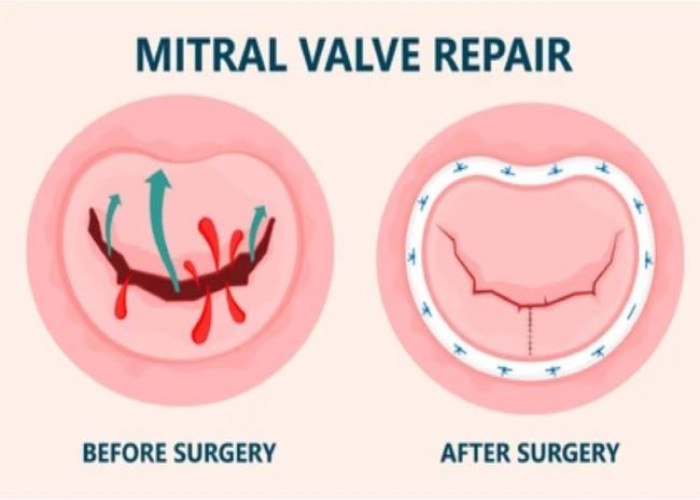 Welcome
Welcome
“May all be happy, may all be healed, may all be at peace and may no one ever suffer."
Aortic valve disease

Aortic valve disease is a condition in which the aortic valve in the heart, which controls the flow of blood from the heart to the rest of the body, doesn't function properly. There are two main types of aortic valve disease: aortic stenosis and aortic insufficiency.
Aortic stenosis is a narrowing of the aortic valve that can restrict the flow of blood out of the heart. Aortic insufficiency is a condition in which the aortic valve doesn't close properly, allowing blood to leak back into the heart.
Both aortic stenosis and aortic insufficiency can cause symptoms such as chest pain, shortness of breath, dizziness or fainting, and fatigue. The exact cause of aortic valve disease is often unknown, but it can be related to aging, a previous heart valve infection, or congenital heart defects.
Treatment for aortic valve disease depends on the severity of the condition and the presence of symptoms. In mild cases, lifestyle changes, such as managing blood pressure and avoiding tobacco, may be sufficient to manage symptoms. In more severe cases, surgery to repair or replace the aortic valve may be necessary.
It is important to seek medical attention if you experience symptoms of aortic valve disease, as prompt treatment can help prevent serious complications and improve outcomes. Your doctor can perform tests to determine the severity of your condition and recommend the best course of treatment for you.
Research Papers
Disease Signs and Symptoms
- Irregular heart sound (heart murmur)
- Chest pain
- Chest tightness
- Dizziness (vertigo)
- Fainting (syncope)
- Irregular heartbeats (arrhythmia)
- Shortness of breath (dyspnea)
- Fatigue after being active or having less ability to be active
- Not gaining enough weight (mainly in children with aortic valve stenosis)
Disease Causes
Aortic valve disease
Aortic valve disease may be caused by a heart defect present at birth (congenital heart defect). Other causes of aortic valve disease later in life include:
- Age-related changes to the heart
- Infections
- High blood pressure
- Injury to the heart
To better understand the causes of aortic valve disease, it may be helpful to know how the heart valves typically work.
The heart has four valves that keep blood flowing in the correct direction. These valves are:
- Aortic valve
- Mitral valve
- Tricuspid valve
- Pulmonary valve
Each valve has flaps (cusps or leaflets) that open and close once during each heartbeat. Sometimes, a valve doesn't open or close properly. This can reduce or block blood flow through the heart to the rest of the body.
In aortic valve disease, the valve between the lower left heart chamber (left ventricle) and the body's main artery (aorta) doesn't work properly. The valve may be thickened and stiff (stenosis) or it may not close properly, causing blood to flow backward.
Disease Prevents
Disease Treatments
Treatment for aortic valve disease depends on:
- The severity (stage) of aortic valve disease
- Whether the disease is causing symptoms
- Whether the condition is getting worse
Treatment may include monitoring, lifestyle changes, medications, or surgery or other procedures. If you have aortic valve disease, consider being evaluated and treated at a medical center with a multidisciplinary team of heart disease specialists (cardiologists) and others trained and experienced in evaluating and treating heart valve disease.
Medications
If aortic valve disease is mild or moderate or if you aren't having symptoms, you may only need regular medical checkups to monitor the condition.
Heart-healthy lifestyle changes and medications may be recommended to treat symptoms of aortic valve disease or reduce the risk of complications. For example, medications may be used to:
- Lower blood pressure
- Prevent irregular heartbeats
- Remove excess fluid from the body to reduce the strain on the heart
Surgery or other procedures
Eventually, surgery or a catheter procedure may be needed to repair or replace the diseased aortic valve. Some people with aortic valve disease need surgery even if it's not severe or when it's not causing symptoms.
Surgery to repair or replace an aortic valve is often done with open-heart surgery. Sometimes, the valve can be replaced during minimally invasive heart surgery, which uses smaller incisions than those needed for open-heart surgery, or with a catheter-based procedure.
Aortic valve repair
During aortic valve repair, the surgeon may do one or all of the following:
- Separate valve flaps (cusps) that have fused
- Add support to the base of the valve
- Reshape or remove excess valve tissue so that the cusps can close tightly
- Patch holes or tears in a valve
Aortic valve repair often requires open-heart surgery. However, less invasive options may be available. For example, a catheter procedure may be used to insert a plug or device to repair a leaking replacement aortic valve.
In infants and children with aortic valve stenosis, a less invasive procedure called balloon valvuloplasty may be done to temporarily open a narrowed valve. During this procedure, the doctor inserts a thin, hollow tube (catheter) into a blood vessel, usually in the groin, and threads it to the heart. A balloon is inflated to widen the valve opening, and then deflated and removed. This valve repair procedure may also be done in adults who are too sick for surgery or who are waiting for a valve replacement.
Aortic valve replacement
In aortic valve replacement, a surgeon removes the damaged valve and replaces it with a mechanical valve or a valve made from cow, pig or human heart tissue (biological tissue valve).
Sometimes, the aortic valve is replaced with your own lung (pulmonary) valve. Then your pulmonary valve is replaced with a biological lung tissue valve. This more complicated surgery is called the Ross procedure.
You and your health care provider will discuss the benefits and risks of each type of valve to choose the best option for you.
Aortic valve replacement typically requires open-heart surgery, which involves a cut (incision) in the chest. Sometimes, surgeons can use a minimally invasive procedure called transcatheter aortic valve replacement (TAVR) to replace a narrowed aortic valve with a biological tissue valve. TAVR uses smaller incisions than those used in open-heart surgery. TAVR may be an option for people at increased risk of heart valve surgery complications.
Disease Diagnoses
Disease Allopathic Generics
Disease Ayurvedic Generics
Disease Homeopathic Generics
Disease yoga
Aortic valve disease and Learn More about Diseases

Sudden infant death syndrome (SIDS)

Meralgia paresthetica
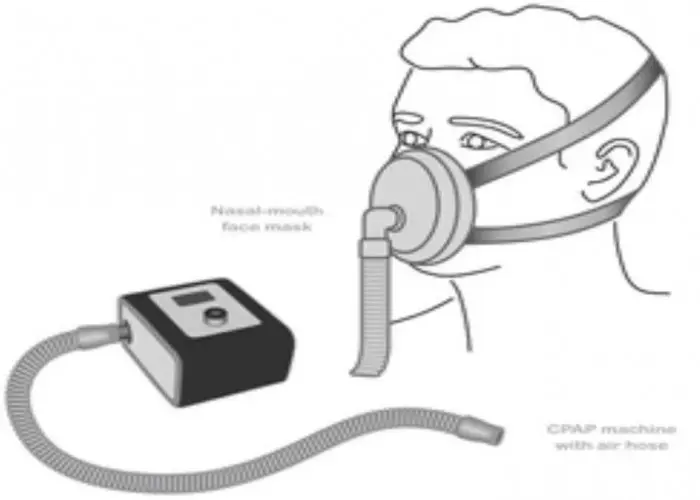
Central sleep apnea
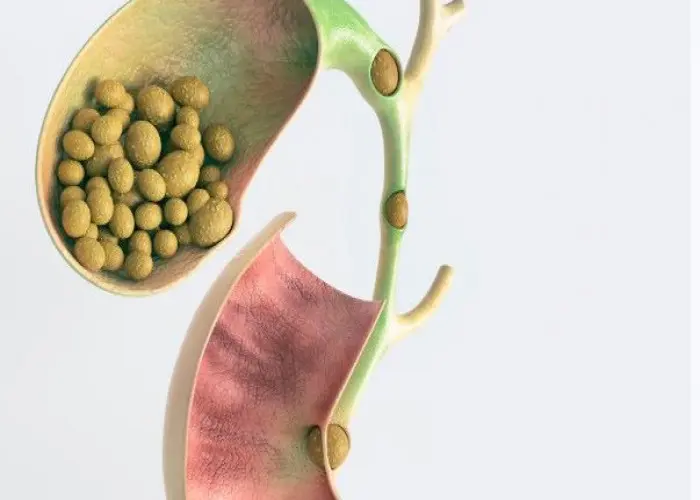
Gallstones
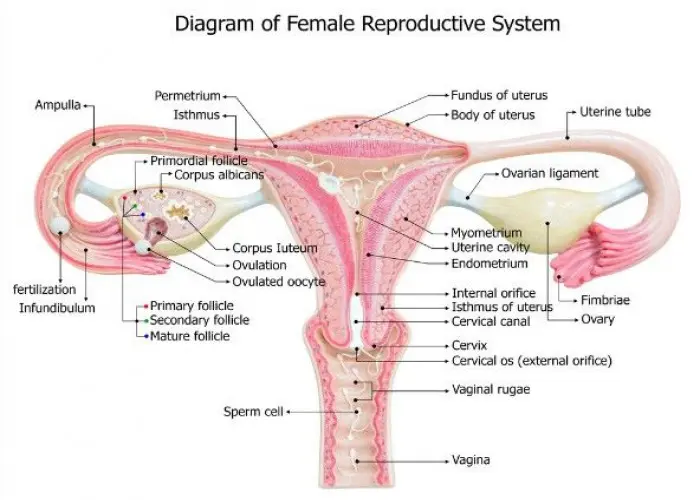
Female infertility
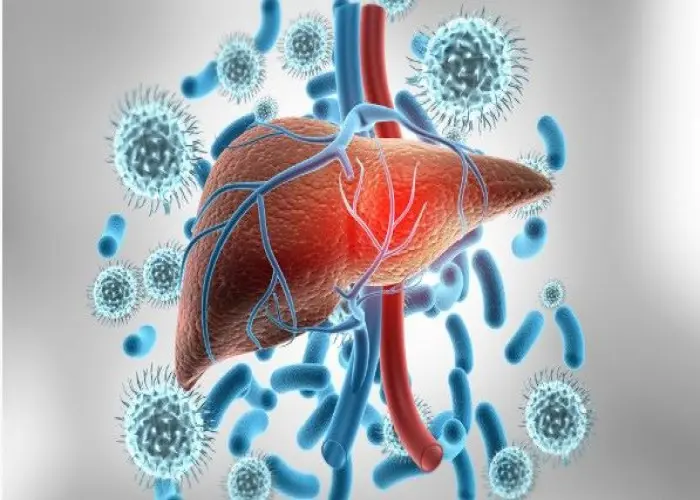
Hepatitis C

Functional dyspepsia

Diabetic hyperosmolar syndrome
Aortic valve disease, Aortic stenosis, Bicuspid valve, Aortic regurgitation, মহামারী ভালভ রোগ
To be happy, beautiful, healthy, wealthy, hale and long-lived stay with DM3S.
